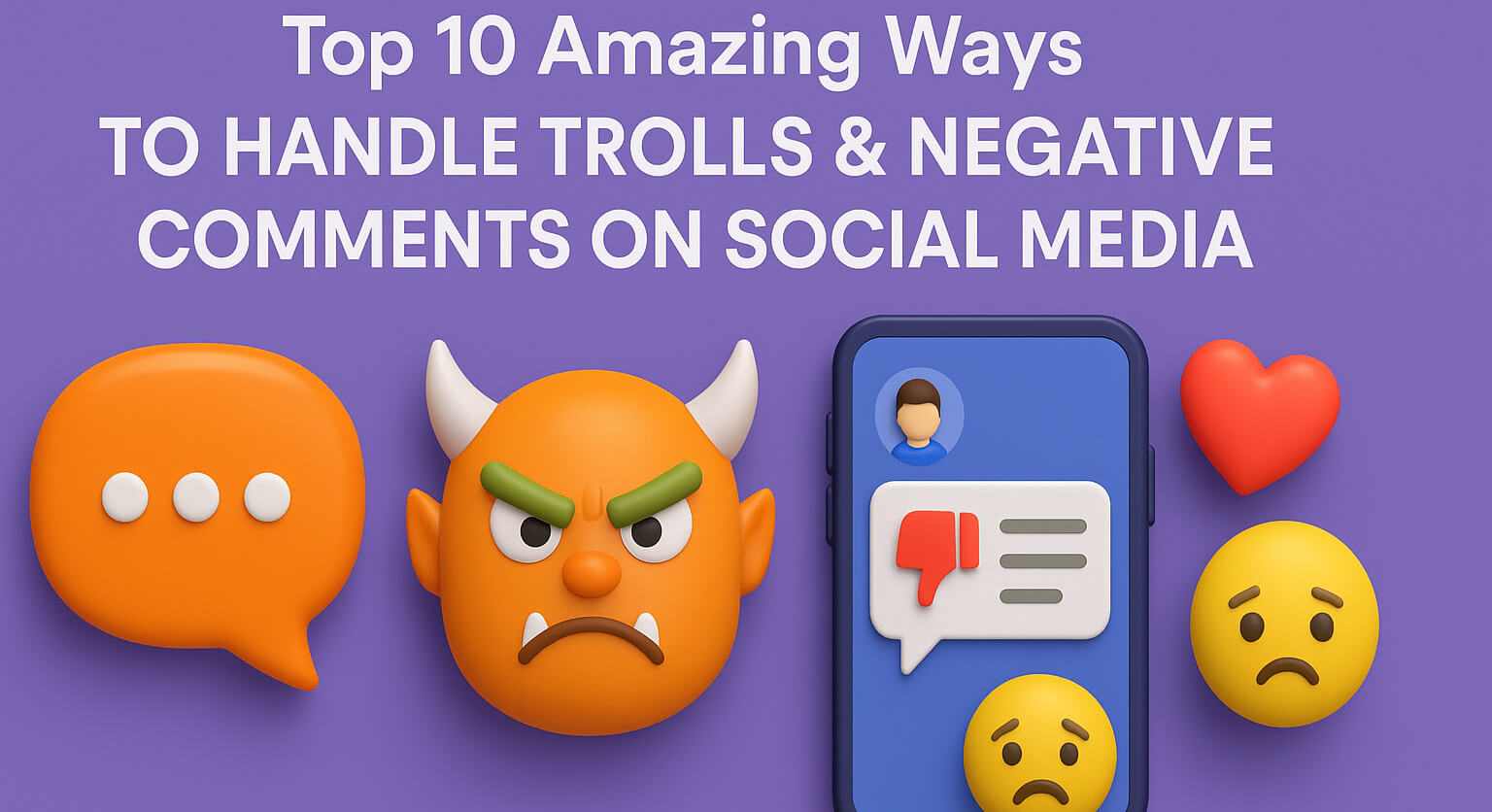Top 10 Useful Tips to Write an Effective Return & Refund Policy for a Website
Home
Top 10 Useful Tips to Write an Effective Return & Refund Policy for a Website


09 December 2024
Top 10 Useful Tips to Write an Effective Return & Refund Policy for a Website
A good return and refund policy helps customers feel safe and confident when shopping online. It clearly explains how they can return items and get their money back.
This makes your website more trustworthy and improves customer satisfaction.
Here are 10 useful tips to write a clear and fair policy shared by the experienced writers of the best website design company in Delhi.
Top Tips to Write an Effective Return & Refund Policy
Keep it Simple and Clear
- Use simple language to explain the return and refund process. Avoid legal jargon and make it easy for customers to understand.
- Use easy words so customers understand your policy quickly.
- Avoid complicated legal terms or big words that can confuse them.
- Write in short sentences and organize the policy into simple sections.
- Make sure important information stands out, like headings for each part (e.g., "How to Return an Item").
- Be straightforward about rules and steps, so customers know exactly what to do.
- The goal is for anyone, even if they are not familiar with online shopping, to understand what to expect when they want to return or refund something.
State the Return Timeframe
- Let customers know how many days they have to return items. Usually, a 30-day return window is standard.
- Clearly mention how many days a customer has to return an item.
- For example, you can say “You have 30 days to return the item.”
- This helps customers know if they are still within the allowed time to return something.
- Make the timeframe easy to find, so customers don’t have to search for it.
- Be specific about start dates, like whether the 30 days start when they receive the item or when they order it.
- Having a clear return time shows fairness and helps avoid confusion or misunderstandings.
Specify Eligible Items
- Clearly mention which products can be returned and which cannot. For example, personalized items or clearance products may not be returnable.
- Tell customers which products can be returned and which cannot.
- For example, you might say "Clothing can be returned, but shoes cannot be returned once opened."
- Mention if special items like sale or custom products are not returnable.
- Be clear about any exceptions so customers don’t waste time trying to return non-returnable items.
- Include details on what happens if an item is opened or used.
- This helps customers understand the rules and prevents any misunderstandings about returning certain items.
Explain the Condition of Returns
- State if items must be unused, in original packaging, or with tags to be eligible for returns. This prevents confusion.
- Let customers know how they should return items.
- For example, you can say "Items must be unused, with tags still on, and in original packaging."
- Be clear if items like opened boxes or damaged products cannot be returned.
- This avoids returns that are in poor condition or not in their original state.
- If customers don’t follow these rules, they might not get a refund or exchange.
- Giving these details helps set expectations and ensures that both the customer and your business are satisfied with the return process.
Outline the Refund Process
- Describe how refunds are processed. Include whether customers will receive the refund to their original payment method or store credit.
- Tell customers exactly how they will get their money back.
- For example, say "We will refund to the same payment method you used."
- Explain how long it takes to process the refund, like "Refunds will be processed within 7 days."
- If you offer store credit instead of cash refunds, make that clear.
- Let customers know if there are any fees or deductions, like restocking fees.
- This helps customers know what to expect and makes the refund process smoother. Being clear about refunds builds trust and reduces confusion.
Cover Shipping Costs
- Be clear about who pays for return shipping. Customers often want to know if they’ll be responsible for shipping fees.
- Clearly explain who pays for the return shipping.
- For example, you can say, "Customers are responsible for return shipping costs."
- Or, if you cover it, say, "We will pay for return shipping if the item is damaged or defective."
- Let customers know if they need to use a specific shipping method or carrier.
- If return shipping is free, mention it in your policy to avoid confusion.
- Being clear about shipping costs helps customers understand what they will pay and avoid surprises during the return process.
Mention Exchanges
- If you allow exchanges, explain the process. This could be helpful if customers prefer a different size or color.
- If you allow exchanges, explain how customers can do it.
- For example, say "You can exchange an item for a different size or color within 30 days."
- Let customers know if they need to contact customer service before exchanging an item.
- Make it clear if customers need to return the original item before getting the exchange.
- If exchanges are free, mention it. If there are any extra costs, tell them upfront.
- Providing exchange details helps customers feel confident they can get the right product if the one they ordered isn’t perfect.
Provide Contact Information
- Make sure customers can easily contact you with questions about returns and refunds. Provide a phone number or email address.
- Make it easy for customers to reach you if they have questions about returns or refunds.
- Include a phone number or email address where they can contact customer service.
- You can also add a live chat option, if possible, for quick answers.
- Make sure the contact details are easy to find on your website, like at the bottom of the page or in the return policy section.
- If your business has specific hours for customer support, mention them so customers know when to expect a response.
- Clear contact information helps build trust and makes the return process smoother.
Explain Refund Timing
- Let customers know how long it will take for them to receive their refund after the item is returned.
- Tell customers how long it will take to get their refund after returning an item.
- For example, you can say, "You will receive your refund within 7-10 business days after we receive the returned item."
- Be clear if the refund depends on how long it takes to process or if there are delays during busy times.
- If you offer refunds through different methods, like credit cards or store credit, mention how long each method takes.
- Providing refund timing helps customers understand when they will get their money back and prevents confusion.
Be Transparent About Damaged or Defective Products
- Clarify how you handle returns for damaged or defective items. Offer a quick solution to keep customers satisfied.
- Clearly explain what happens if a customer receives a damaged or defective product.
- For example, say "If the item is damaged or not working, please contact us within 7 days for a full refund or exchange."
- Mention if you need photos of the damage or defects to process the return, further added by the best digital marketing experts in Delhi.
- Make it clear who pays for return shipping in such cases, like "We will cover return shipping for damaged items."
- Being transparent about how you handle these situations helps customers feel more confident and ensures a smooth process if something goes wrong.
Discover Our Story: Where Ideas Become Achievement
We are a passionate team of digital marketing, web design, and development professionals dedicated to helping businesses grow. With creativity, technical expertise, and strategic thinking, we deliver solutions that make an impact. Our collaborative approach ensures every project reflects our commitment to quality, innovation, and client success.





